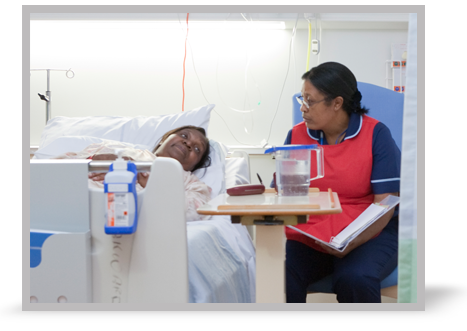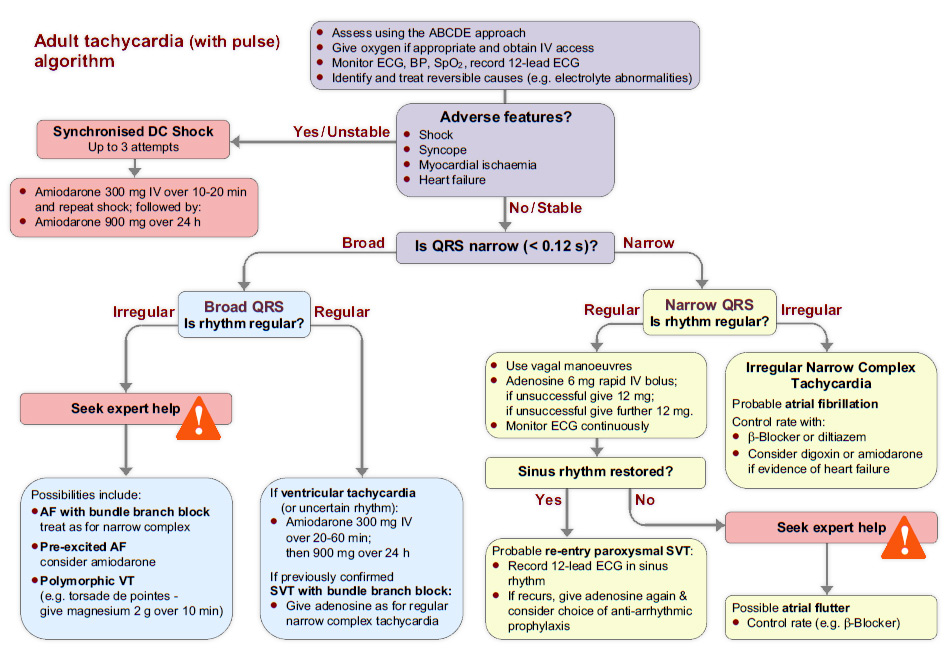
- Adverse features

Feedback
That is not quite right.Feedback
That is not quite right. We can tell that this patient is displaying shock because she is pale and her systolic is under 90mmHg.
This is, however, the only adverse feature.
- The patient is currently alert and there is no evidence of transient loss of consciousness
- There is currently no evidence of myocardial ischaemia
- There is no evidence of heart failure at this point
Feedback
That is not right.Feedback
That is not right. We can tell that this patient is displaying shock because she is pale and her systolic is under 90mmHg.
This is, however, the only adverse feature.
- The patient is currently alert and there is no evidence of transient loss of consciousness
- There is currently no evidence of myocardial ischaemia
- There is no evidence of heart failure at this point
Feedback
That is right. We can tell that this patient is displaying shock because she is pale and her systolic is under 90mmHg.
This is, however, the only adverse feature.
- The patient is currently alert and there is no evidence of transient loss of consciousness
- There is currently no evidence of myocardial ischaemia
- There is no evidence of heart failure at this point
References
See chapter 11 of the ALS manual for further reading about the tachycardia algorithm.
Essentials: Case study one – ABCDE and ECG results
The patient’s ABCDE results:
A : Clear
B : Spontaneous breathing, rate 26 min-1
C : Looks pale, HR 220 min[sup]-1[/sup], BP 70/42 mmHg, CRT 3 s
D : Alert, glucose 5.6 mmol l[sup]-1[/sup]
E : Nil of note
You can see the patient’s ECG rhythm strip here.

Algorithm: The tachycardia algorithm
The tachycardia algorithm is available in chapter 11 of the ALS manual.

